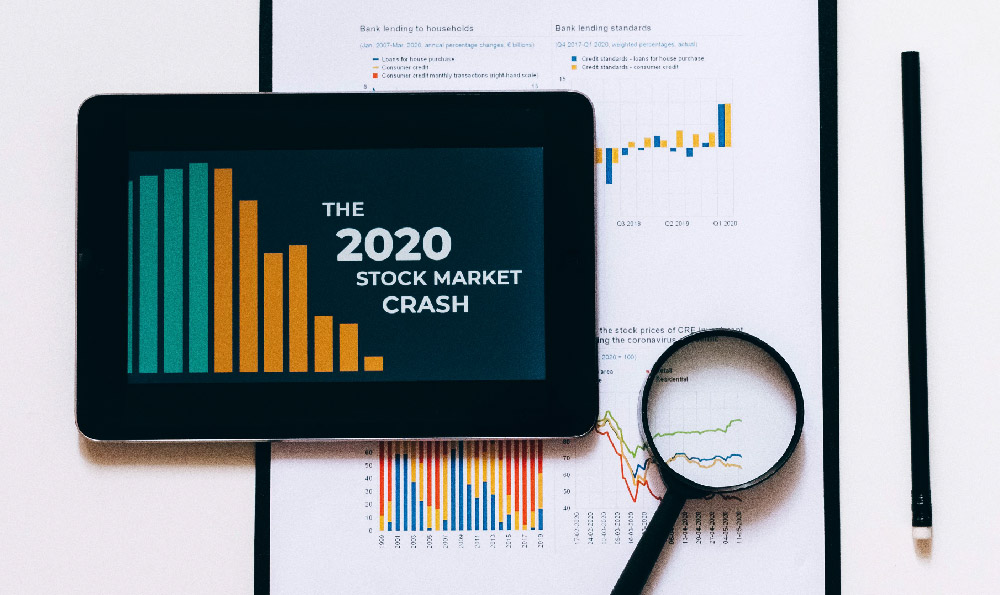Harnessing the Power of Debt in Virtual Currency Investment: A Strategic Approach to Wealth Growth
The cryptocurrency market has long been a domain of high-risk, high-reward opportunities, and those who seek to capitalize on it often explore unconventional methods to amplify their returns. One such approach involves leveraging debt—a tactic that, while controversial, can be a powerful tool in the hands of a disciplined investor. Unlike traditional finance, where debt is often viewed as a liability, the crypto landscape offers unique mechanisms to transform borrowed capital into a catalyst for growth. This requires a nuanced understanding of market dynamics, psychological barriers, and the delicate balance between ambition and caution.
In virtual currency investment, debt is not merely about taking on financial obligations; it is about strategically allocating capital to positions that promise higher returns. This could manifest through various forms, such as margin trading, yield farming, or leveraging stablecoins for speculative bets. Each of these methods carries its own set of risks and rewards, necessitating a thorough analysis of market trends, technical indicators, and individual risk tolerance. For instance, margin trading allows investors to borrow funds to increase their trading volume, but this requires a deep comprehension of volatility metrics like the Average True Range (ATR) and the Relative Strength Index (RSI) to anticipate potential downturns. Similarly, yield farming platforms often require users to lock up their assets as collateral, a process that demands careful evaluation of the project's security, liquidity, and historical performance.

One of the most critical aspects of leveraging debt in crypto is timing. Unlike traditional markets where asset prices are influenced by macroeconomic factors, crypto prices often fluctuate due to algorithmic changes, regulatory shifts, and market sentiment. A strategic investor must identify these drivers and position themselves accordingly. For example, during periods of anticipated bullish trends, using leverage can accelerate gains, but this requires a precise understanding of market cycles. Tools like technical analysis, which involves studying price patterns and volume behavior, can help predict these cycles. Additionally, monitoring network activity and on-chain metrics can provide early signals of potential price movements, enabling investors to make informed leverage decisions.
Another key strategy involves diversification. While debt can amplify returns, it also magnifies losses, making diversification essential to mitigate risk. This means spreading investments across different assets, sectors, and protocols to avoid overexposure to a single market event. For instance, allocating debt to both Bitcoin and Ethereum positions might reduce the impact of a sudden dip in one asset, assuming the other remains stable. Similarly, investing in a mix of long-term holding crypto and short-term trading opportunities can balance growth and income, preventing the emotional pitfalls of overtrading.
However, leveraging debt in crypto is not without its dangers. The lack of regulatory oversight and the inherent volatility of the market mean that even the most experienced investors can face setbacks. One of the most significant risks is the potential for liquidation. When using margin, if the price of the asset falls below a certain threshold, the borrowed funds can be forcibly repaid, leading to substantial losses. To avoid this, investors must implement strict risk management protocols. This includes setting stop-loss orders, maintaining a reserve of capital to cover unexpected market movements, and avoiding over-leverage. Additionally, understanding the concept of "liquidation risk" and how it correlates with market conditions is crucial for survival in this volatile space.
Another critical consideration is the cost of debt. Borrowing funds to invest in crypto incurs interest charges, which can erode profits if not managed effectively. A strategic investor must evaluate these costs and determine whether the potential returns justify the associated expenses. For example, using a low-interest stablecoin as collateral for leveraged trades might be more favorable than borrowing from high-interest DeFi platforms. Additionally, the opportunity cost of using debt should be weighed against alternative investment avenues, such as low-risk savings or traditional equities.
Long-term wealth accumulation through debt in crypto also requires a shift in mindset. Many investors are drawn to the allure of quick profits, but sustainable growth demands a more calculated approach. This involves not only selecting the right assets and leverage ratios but also maintaining a disciplined strategy that adapts to changing market conditions. For instance, during periods of market consolidation, reducing leverage and focusing on fundamental analysis might be more prudent than increasing exposure to volatile assets. Similarly, when regulatory crackdowns or network upgrades occur, reassessing the risk profile of leveraged positions is essential to navigate the market effectively.
Ultimately, making money with debt in the crypto markets is a double-edged sword that requires equal parts strategy and restraint. While it offers the potential for exponential gains, it also comes with significant risks that must be carefully managed. A disciplined investor understands that success in this space is not about chasing the highest returns but about aligning their strategy with their risk appetite and long-term goals. By combining technical analysis with sound financial principles, investors can transform debt into a strategic asset that drives wealth growth while minimizing exposure to market volatility.
In conclusion, leveraging debt in virtual currency investment is a complex process that demands a deep understanding of market trends, technical indicators, and risk management. Whether through margin trading, yield farming, or DeFi loans, the key to success lies in the ability to balance ambition with caution. By adopting a strategic approach that emphasizes diversification, cost analysis, and psychological discipline, investors can unlock the potential of debt while safeguarding their capital. As the crypto market continues to evolve, those who navigate it with intelligence and foresight will find themselves better positioned to achieve their financial objectives.












